Learning Engagement: Promoting Hands-On Learning
May 10, 2022 2023-02-23 7:38Learning Engagement: Promoting Hands-On Learning
Learning Engagement: Promoting Hands-On Learning
Hands-on learning is a method of teaching in which students learn by practicing. Instead of merely listening to an instructor talk on a subject, the student engages with it to solve a problem or create something.
This method of learning is accomplished through activity. Practical learning experiences stimulate the brain in diverse ways.
Learners are encouraged to learn by exploration through hands-on activities. Hands-on learning improves cognitive abilities.
Benefits of Hands-On Learning:
- A more engaging way to learn
- Leads to increased retention
- Develops critical thinking skills
- Allows students to practice the skills they have learned
- Encourages creativity
- Improves communication and collaboration skills
- Decreases boredom
Top 5 Ways to Incorporate Hands-On Learning:
- Integrate manipulatives into lessons.
- Bring in real objects and use them in lessons
- Encourage collaboration and discussion
- Offer multiple strategies, activities, and tools
- Encourage design and real-world projects
Students learn more effectively when they can relate to a subject and find it personally meaningful. When the brain is involved in forming connections and creating familiar patterns, learning occurs. Students actively involved in hands-on learning retain 70% of the information.
A hands-on approach to education is ideal for fostering a growth mindset because it helps students to see firsthand that the only restrictions that exist are those, they impose on themselves.






